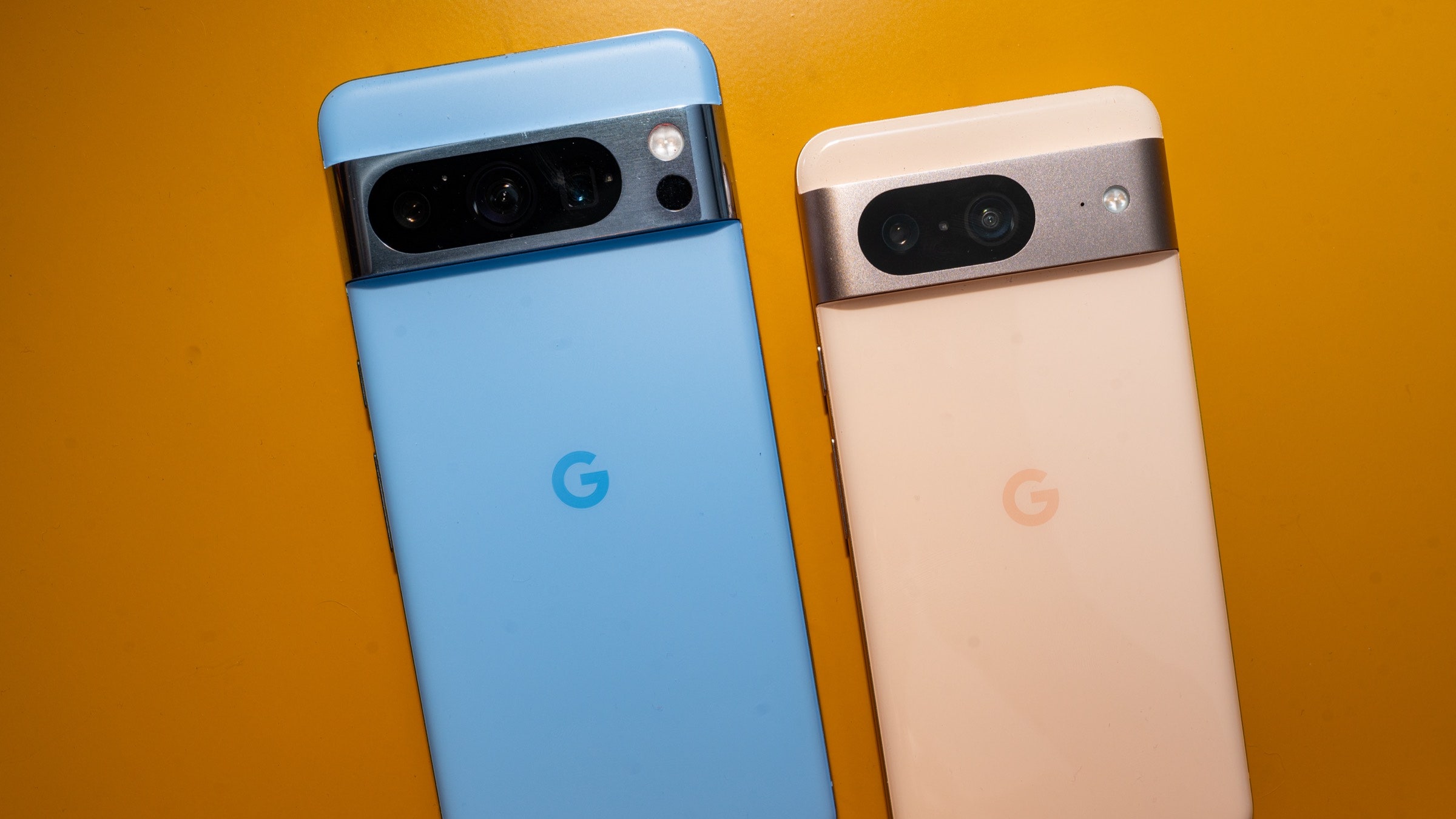
Introduction
Affordability has become a crucial factor for many consumers in the smartphone market. With constant advancements in technology, budget-friendly Android phones now offer features once exclusive to high-end devices. This guide highlights the best affordable Android smartphones available, focusing on their key features, performance, and value for money.
Moto G 5G
Key Features
- Display: 6.5-inch HD+ display with a 120Hz refresh rate for smooth visuals and responsive touch.
- Performance: Qualcomm Snapdragon 750G processor handles demanding tasks like gaming and multitasking.
- Battery Life: 5000mAh battery provides all-day life with fast charging support.
- Camera: Rear setup includes a 48MP primary sensor, 8MP ultra-wide lens, and 2MP macro lens. Front camera is 16MP.
- Software: Runs on Android 11 with timely updates expected.
The Moto G 5G offers powerful hardware, an impressive display, and long battery life, making it a versatile choice for various users.
Samsung Galaxy A52
Key Features
- Display: 6.5-inch Super AMOLED display with a 90Hz refresh rate for vibrant colors and deep blacks.
- Performance: Qualcomm Snapdragon 720G processor with up to 8GB of RAM and 128GB of storage.
- Battery Life: 4500mAh battery with fast and wireless charging support.
- Camera: Rear setup includes a 64MP primary sensor, 12MP ultra-wide lens, 5MP macro lens, and 5MP depth sensor. Front camera is 32MP.
- Software: Runs on Android 11 with timely updates expected.
The Galaxy A52 offers a premium look and feel at an affordable price, with powerful performance and a robust camera.
Google Pixel 4a
Key Features
- Display: 5.81-inch OLED display with a 60Hz refresh rate for vibrant colors and deep blacks.
- Performance: Qualcomm Snapdragon 660 processor with up to 6GB of RAM and 128GB of storage.
- Battery Life: 3140mAh battery with fast charging support.
- Camera: Rear camera is a 12.2MP sensor. Front camera is 8MP. Known for exceptional performance, especially in low-light conditions.
- Software: Runs on Android 11 with timely updates directly from Google.
The Pixel 4a is ideal for those who value camera performance and timely software updates.
Xiaomi Redmi Note 10 Pro
Key Features
- Display: 6.7-inch AMOLED display with a 120Hz refresh rate for smooth visuals and responsive touch.
- Performance: Qualcomm Snapdragon 732G processor with up to 6GB of RAM and 128GB of storage.
- Battery Life: 5000mAh battery with fast charging support.
- Camera: Rear setup includes a 48MP primary sensor, 8MP ultra-wide lens, 2MP macro lens, and 2MP depth sensor. Front camera is 13MP.
- Software: Runs on MIUI 12 based on Android 11 with timely updates expected.
The Redmi Note 10 Pro offers powerful performance and a robust camera at an affordable price.
Realme 7 Pro
Key Features
- Display: 6.4-inch AMOLED display with a 90Hz refresh rate for vibrant colors and deep blacks.
- Performance: Qualcomm Snapdragon 720G processor with up to 8GB of RAM and 128GB of storage.
- Battery Life: 4500mAh battery with fast charging support.
- Camera: Rear setup includes a 64MP primary sensor, 8MP ultra-wide lens, 2MP macro lens, and 2MP depth sensor. Front camera is 16MP.
- Software: Runs on Realme UI based on Android 10 with timely updates expected.
The Realme 7 Pro offers superior performance in low-light conditions and fast charging capabilities.
Camera Comparison
Moto G 5G
- Setup: Quad-camera with a 48MP primary sensor, 8MP ultra-wide lens, 2MP macro lens, and 2MP depth sensor. Front camera is 16MP.
- Performance: Decent for everyday photography but not exceptional in low-light conditions.
Samsung Galaxy A52
- Setup: Quad-camera with a 64MP primary sensor, 12MP ultra-wide lens, 5MP macro lens, and 5MP depth sensor. Front camera is 32MP.
- Performance: Excels in low-light conditions with superior zoom stability.
Google Pixel 4a
- Setup: Single 12.2MP primary sensor on the rear and an 8MP sensor on the front.
- Performance: Renowned for exceptional performance, especially in low-light conditions.
Xiaomi Redmi Note 10 Pro
- Setup: Quad-camera with a 48MP primary sensor, 8MP ultra-wide lens, 2MP macro lens, and 2MP depth sensor. Front camera is 13MP.
- Performance: Decent for everyday photography.
Realme 7 Pro
- Setup: Quad-camera with a 64MP primary sensor, 8MP ultra-wide lens, 2MP macro lens, and 2MP depth sensor. Front camera is 16MP.
- Performance: Superior in low-light conditions compared to other budget phones.
Image Stabilization: OIS vs EIS
Optical Image Stabilization (OIS)
OIS uses gyroscopes and tiny motors to move the camera lens or sensor, compensating for hand movements. It stabilizes photos and videos naturally, avoiding the artificial 'jelly effect' sometimes seen in electronically stabilized footage.
Electronic Image Stabilization (EIS)
EIS leverages software, using the phone's accelerometer to align frames and correct for hand motions. It magnifies images to fill the sensor, adjusting positioning, zooming, or cropping. The final quality can vary, with performance dependent on software fine-tuning. EIS is particularly useful in video recording, offering smoother results but sometimes at the cost of unnatural deformations.
Choosing the right affordable Android phone can be overwhelming with so many options available. Each of these top affordable Android phones offers unique features that cater to different needs and preferences. Whether prioritizing camera performance, display quality, or battery life, there's a device that fits your requirements.
